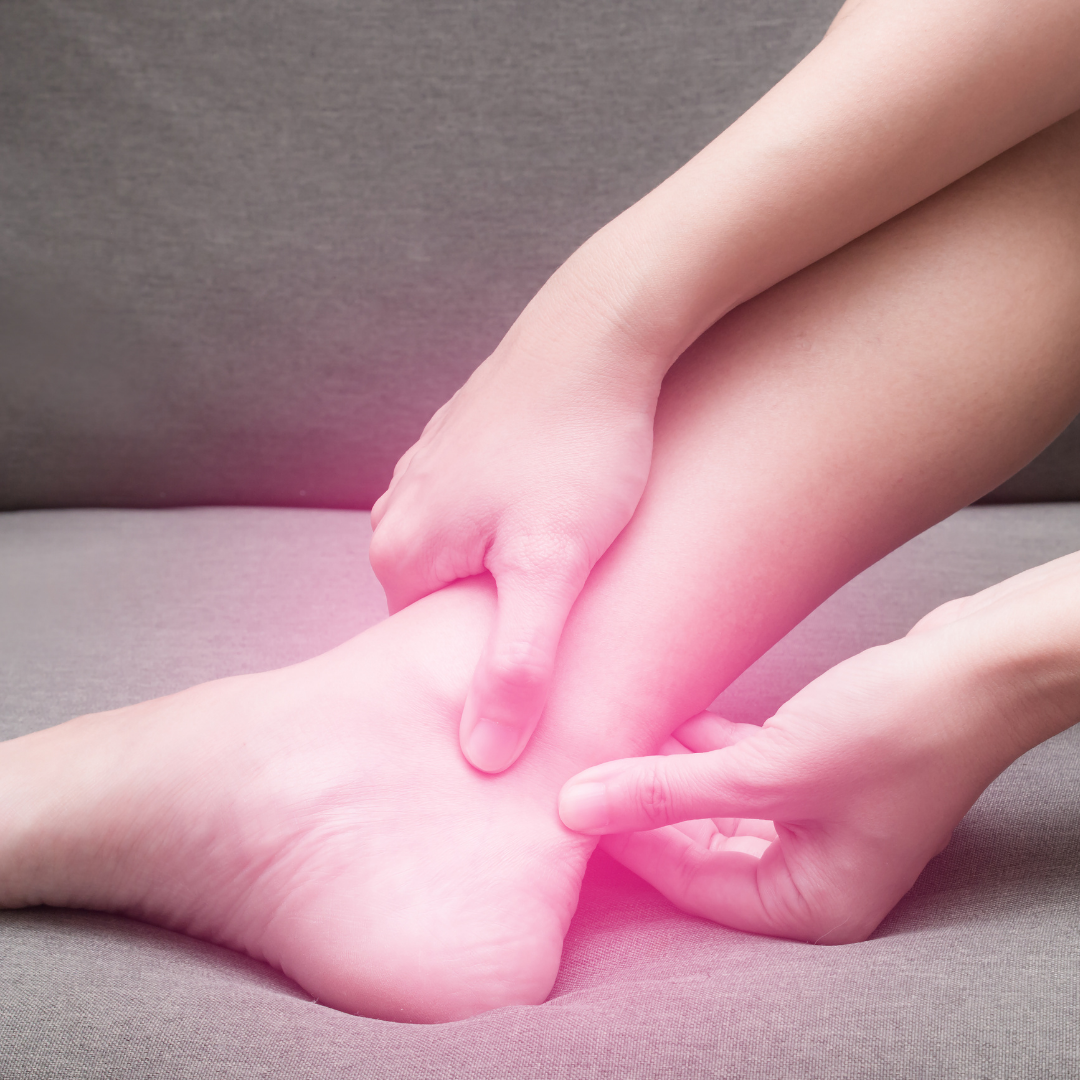It was only last year that Francisco Liriano was undergoing Tommy John Surgery, and last week his return to the Minnesota Twins’ pitching rotation gave Twins fans cause for optimism during the team’s playoff run. Ulnar Collateral Ligament (UCL) reconstruction, or “Tommy John Surgery” as it known amongst baseball fans, is a surgery that many professional baseball players have undergone. Unfortunately, it is becoming a much more common procedure in younger athletes, particularly those still in high school. I have actually been interviewed by journalists twice in the last week and they both used the word “epidemic” to describe the increasing number of teenagers having their UCL reconstructed.
Throwing a baseball generates a significant amount of stress across the elbow and shoulder. The UCL is one of the main stabilizers at the elbow to counteract these stresses. It connects the ulna, one of the bones in the forearm, to the humerus or upper arm bone. Tears of the ligament frequently result from progressive microtrauma. However, there are occasions where on one throw the player will feel a “pop” and the ligament tears. The good news for most people is that regular everyday activities are not affected by the lack of a functional UCL. Unfortunately, for throwers without a functional ligament, generating their normal velocity or control is near-impossible.
Before Tommy John became the first player to undergo UCL reconstruction by Dr. Frank Jobe more than 30 years ago, UCL tears were career-ending. Now, the surgery is commonplace. In 2006, about 1 in 9 players in the major leagues had undergone the procedure. The list of names is impressive: John Smoltz, Mariano Rivera, and Kerry Wood, just to name a few. The principles of the surgery have remained fairly similar since Jobe did the first one, and they involve drilling holes in the humerus and ulna through which a tendon, harvested from somewhere else in the body, is woven through. One of the more novel modifications, developed by David Altchek, chief of the Sports Medicine Service at the Hospital for Special Surgery, was to decrease the size of the drill holes placed in the humerus. Another benefit of Altchek’s modified procedure was tensioning the ligament became a bit easier.
Initially, the surgery was reserved for professional players, but more recently, high school students are undergoing these procedures at alarming rates. This is a disturbing trend that is directly related to kids throwing too much. Some of the risk factors for UCL tears in teenagers that a research study from The Andrews Sports Medicine Center identified include year-round throwing, inadequate rest between starts, throwing more than 80MPH (probably because these are the kids that get asked to throw a lot by their coaches) and pitching in showcases. Little League Baseball has added pitch count limits and mandatory rest days between starts for each age group to help prevent injury in kids. That being said, parents and coaches have to take an active role in keeping track of pitches thrown; many of these kids play on several teams and one coach doesn’t know what the other is doing.
No matter which technique is used, good to excellent results can be expected in about 90% of the cases. Players must be aware, however, that recovery time is about 9 to 12 months before they can compete at their previous levels. Ideally, by knowing the risk factors, we as a society will better prevent these injuries in our kids so they won’t have to experience these long recovery times.



